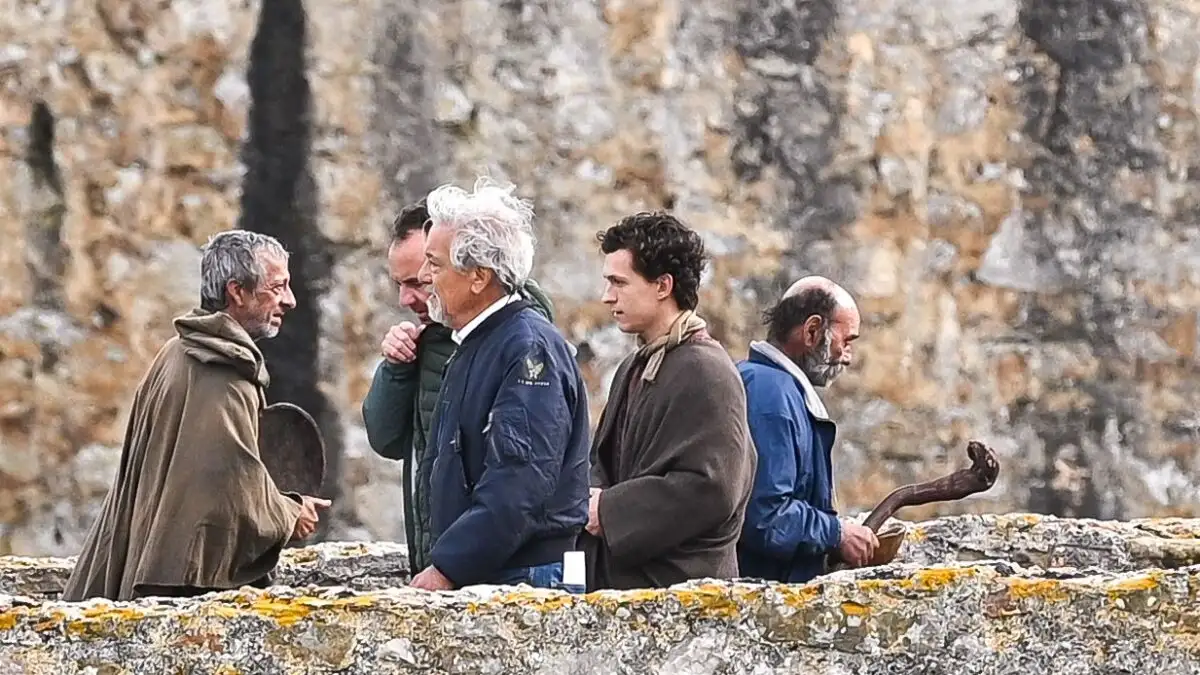A centuries-old maritime mystery has resurfaced—quite literally—near a coastal village where fierce winds recently shifted the landscape, unveiling the remains of a 300-year-old shipwreck long buried beneath sand dunes. While the ship’s sudden reappearance was astonishing in itself, what truly captivated scientists was what lay within its cargo: massive quantities of a nutrient-rich food that’s now hailed as a global superfood.
Uncovering the Ship's Origins
Initial research into the vessel’s structure points to an 18th-century origin. Experts believe the ship may have hailed from Russia—possibly from the Volga Basin or the Caucasus region—based on its distinctive design and shipbuilding methods.
A Closer Look at the Wreckage
Archaeologists have unearthed a large, remarkably intact section of the ship, measuring approximately 28 meters in length. Among the preserved components are the keel, hull planking, wooden frames, bulkheads, and parts of two masts.
Inside the wreck, researchers also found seafaring tools and remnants of everyday life aboard the ship: ropes, mats, pieces of rope ladders, and most intriguingly, three baskets filled with botanical material—offering rare insight into the ship’s original cargo.
The Superfood Surprise
An archaeobotanical analysis revealed that the baskets contained a mix of fruits and seeds from six plant families and five unique species. The overwhelming majority of the remains were buckwheat—a grain-like seed now considered a superfood thanks to its high nutritional value and versatility. Today, Russia stands as the world’s top producer of buckwheat, which adds an intriguing layer to the find.
Additionally, wood analysis showed that the ship was primarily constructed from Scots pine and spruce, while one tool recovered from the wreck was made of poplar—each material shedding light on the shipbuilders’ resource choices and craftsmanship.
A Window into 18th-Century Trade
According to a study published in the Journal of Maritime Archaeology, the shipwreck offers invaluable insight into historical trade routes and agricultural commerce in the Caspian region.
“The findings suggest that this vessel played a significant role in transporting agricultural goods along key trade routes in the region,” researchers concluded.
This extraordinary discovery not only deepens our understanding of 18th-century maritime networks but also highlights how essential crops—like buckwheat—have traveled, transformed, and endured through time. As archaeologists continue to investigate, the shipwreck may yet yield more secrets from the sands of history.








